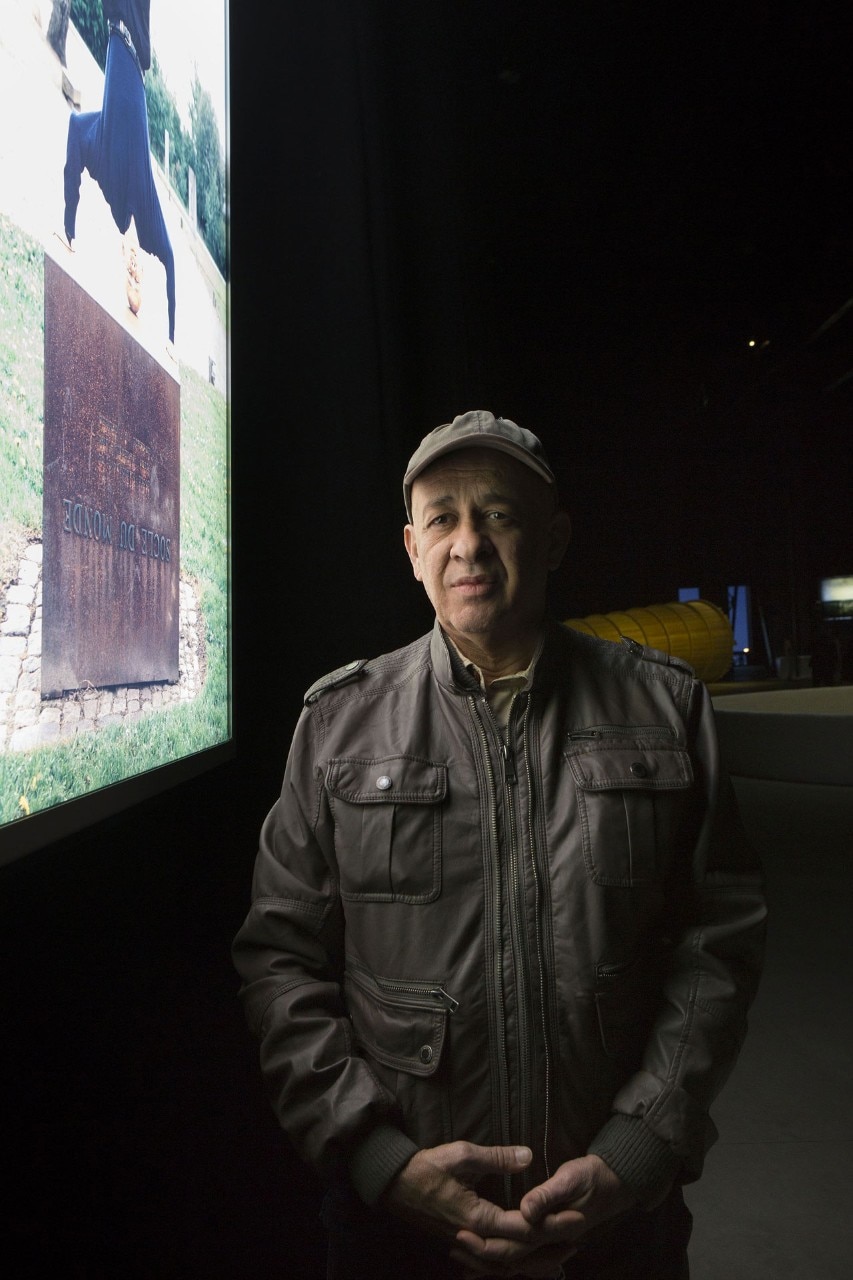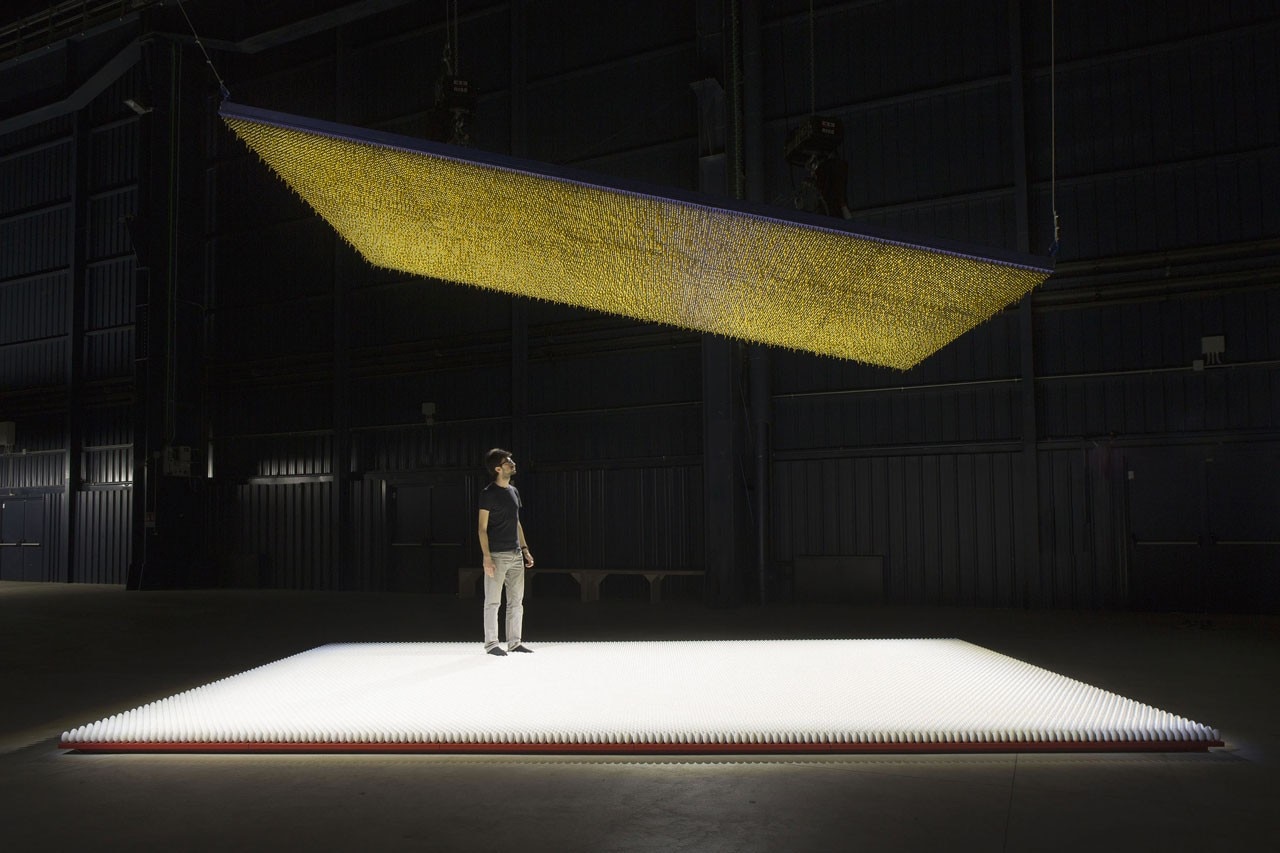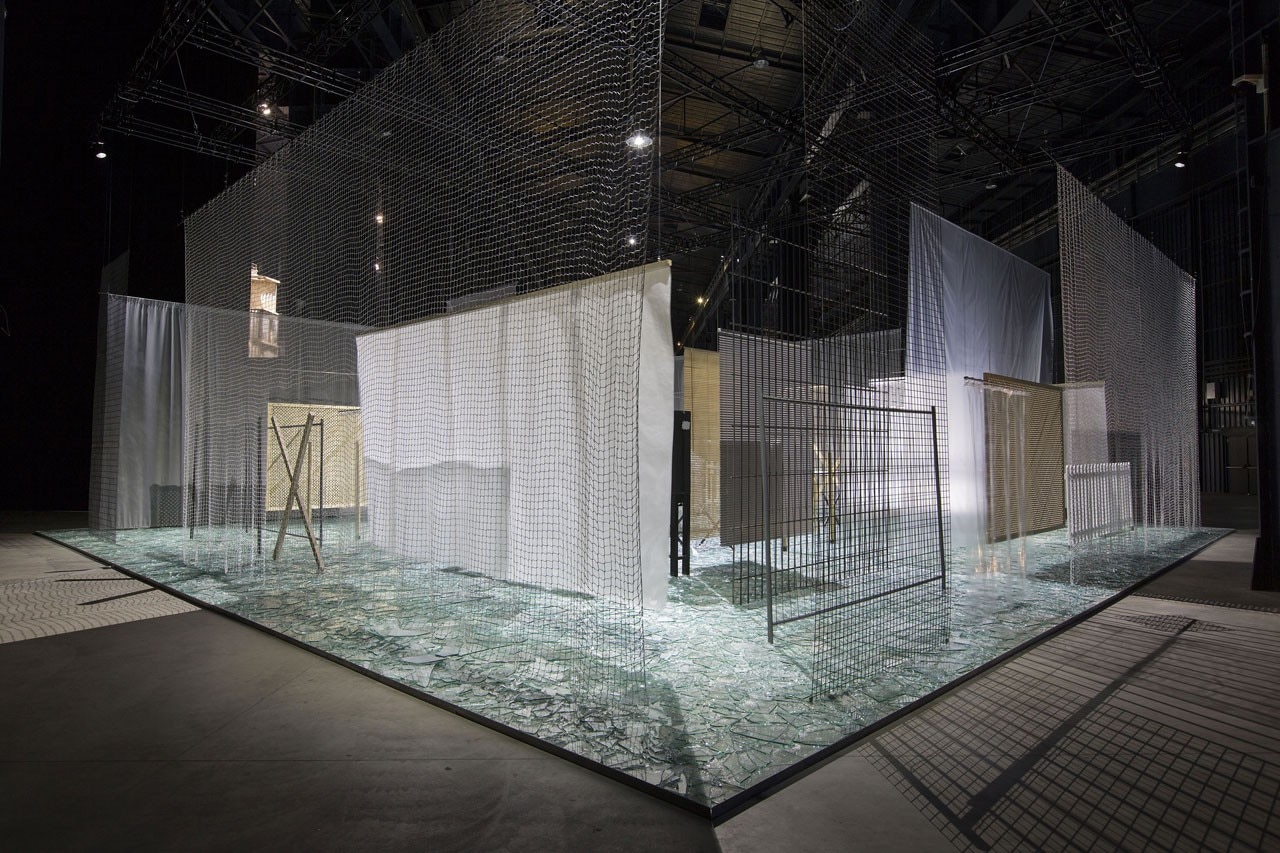.jpg.foto.rmedium.jpg)

During those years, the artist, who had left Brazil for a brief period, participated widely in the conceptual cultural climate, spending time with minimalist artists and sharing key moments in the movement, such as the large exhibition Information, staged in 1970 at MoMA. But Meireles never fully belonged to that world. He had preserved his independence of thought and poetry and also a deep connection with the work of contemporary Brazilian artists and the Tropicalism movement, which displayed a more pronounced relationality and an experiential, sensory and empathetic attitude.
His work in fact combines sharp poetic criticism with a capacity for seduction – and in many cases a sense of humour – signalling Meireles’s distance from US artists.

Elegant formal perfection is felt as essential if the message is to be conveyed in its entirety, but this is done slowly, as if better to surprise us.
While Cruzeiro del Sud reveals a inclination to highlight the relationship between the work and the visitor and to theatricalise it, the other installations on show at HangarBicocca can be walked through and used. Each is a kind of small, immersive, seductive theatre. They involve at some point all the senses: touch, vision, hearing and taste, as well as the perception of temperature, balance and risk.

.jpg.foto.rmedium.jpg)
Eureka/Blindhotland is also based on the divergence between perception and reality, between expectation and result. The work uses a thin curtain to enclose a space. Inside there are objects of different size but the same weight, and balls that look identical but do not weigh the same, with sound that contributes to the visitor’s sensory disorientation.
Reflection on the ambivalence of perception and the paradox of vision and space are also central in Olvido. This is an Indian tepee with a black coal floor that stands in the middle of a circle of cow bones, encircled by a low wall of white candles. It is a work of great beauty, but the bones give off a hideous smell and the tent emits the buzz of an electric saw. The meaning of the work, a criticism of the effects of the colonial dynamic and its regrettable legacy, springs from the discrepancy between formal balance and the disturbing elements.
.jpg.foto.rmedium.jpg)
.jpg.foto.rmedium.jpg)
.jpg.foto.rmedium.jpg)
.jpg.foto.rmedium.png)
Until 20 July 2014
Cildo Meireles. Installations
Curated by Vicente Todolí
HangarBicocca
via Chiese 2, Milan


.jpg.foto.rmedium.jpg)

.jpg.foto.rmedium.png)
.jpg.foto.rmedium.png)
.jpg.foto.rmedium.png)
.jpg.foto.rmedium.png)
.jpg.foto.rmedium.png)
.jpg.foto.rmedium.png)
.jpg.foto.rmedium.png)